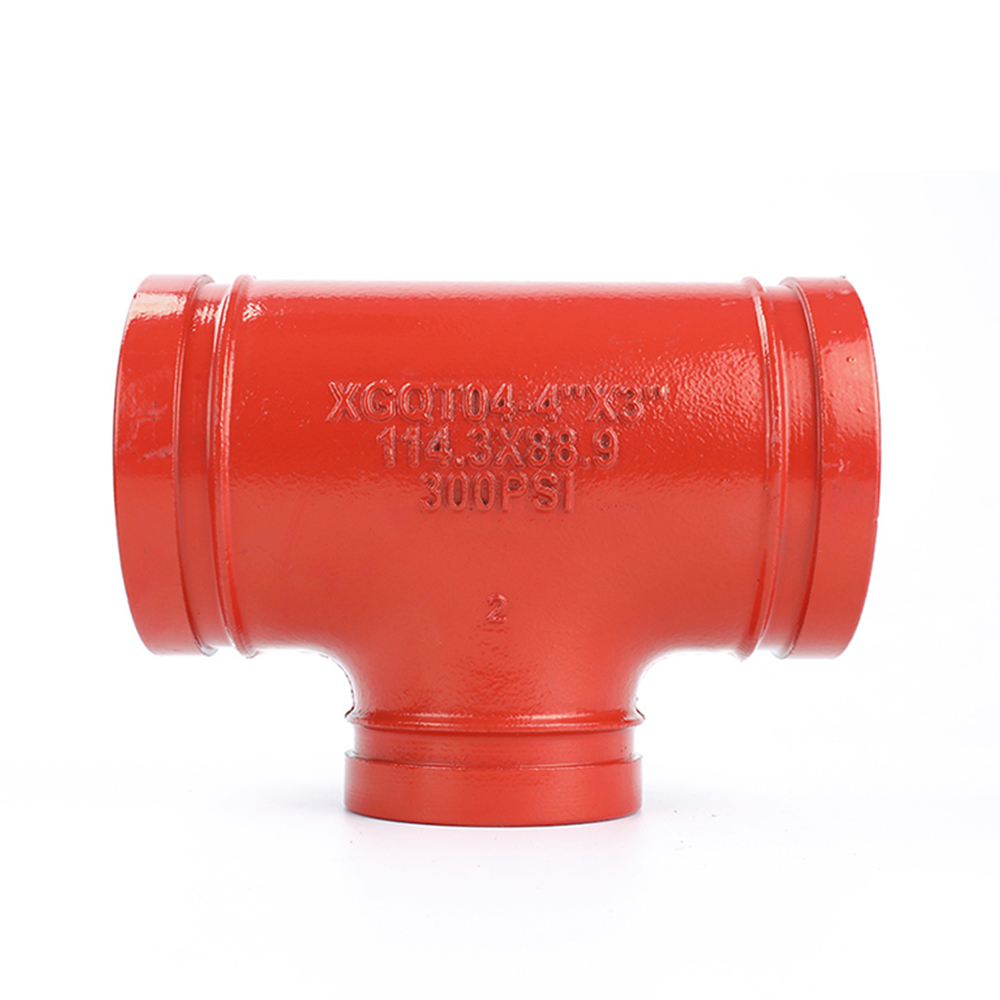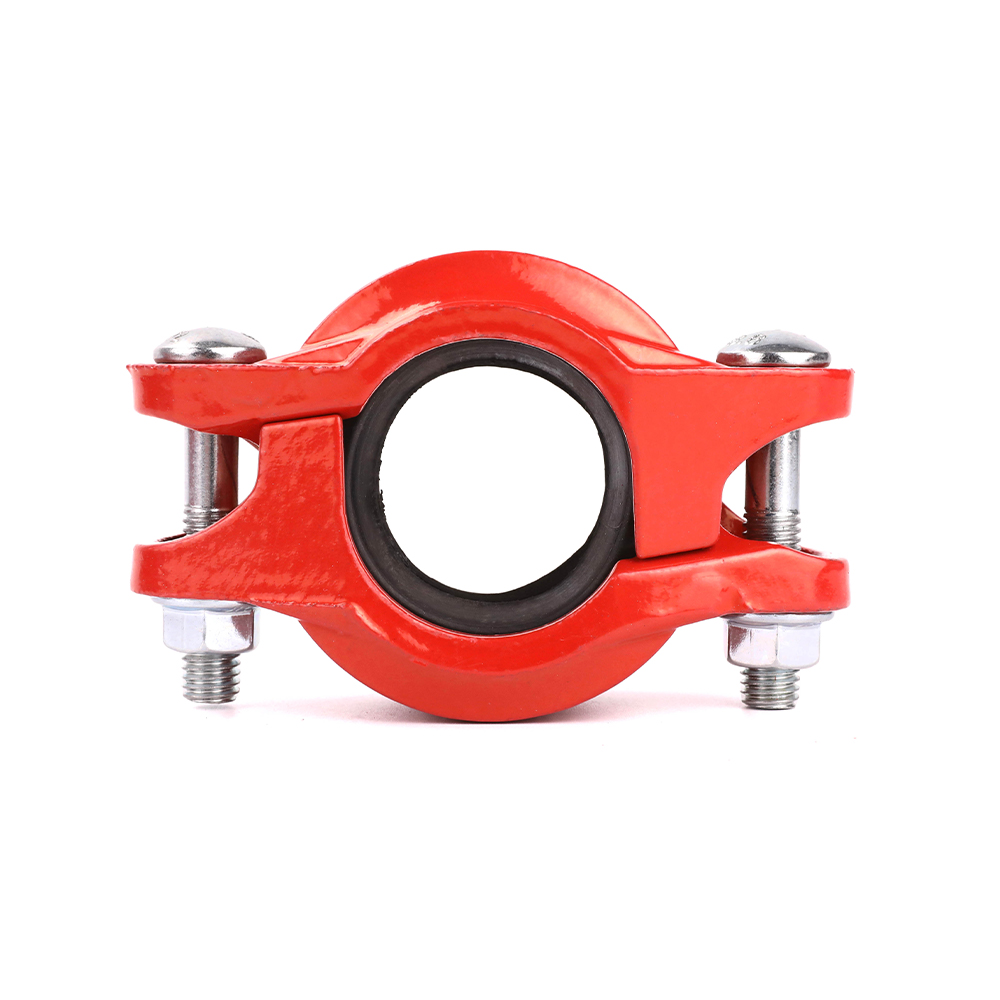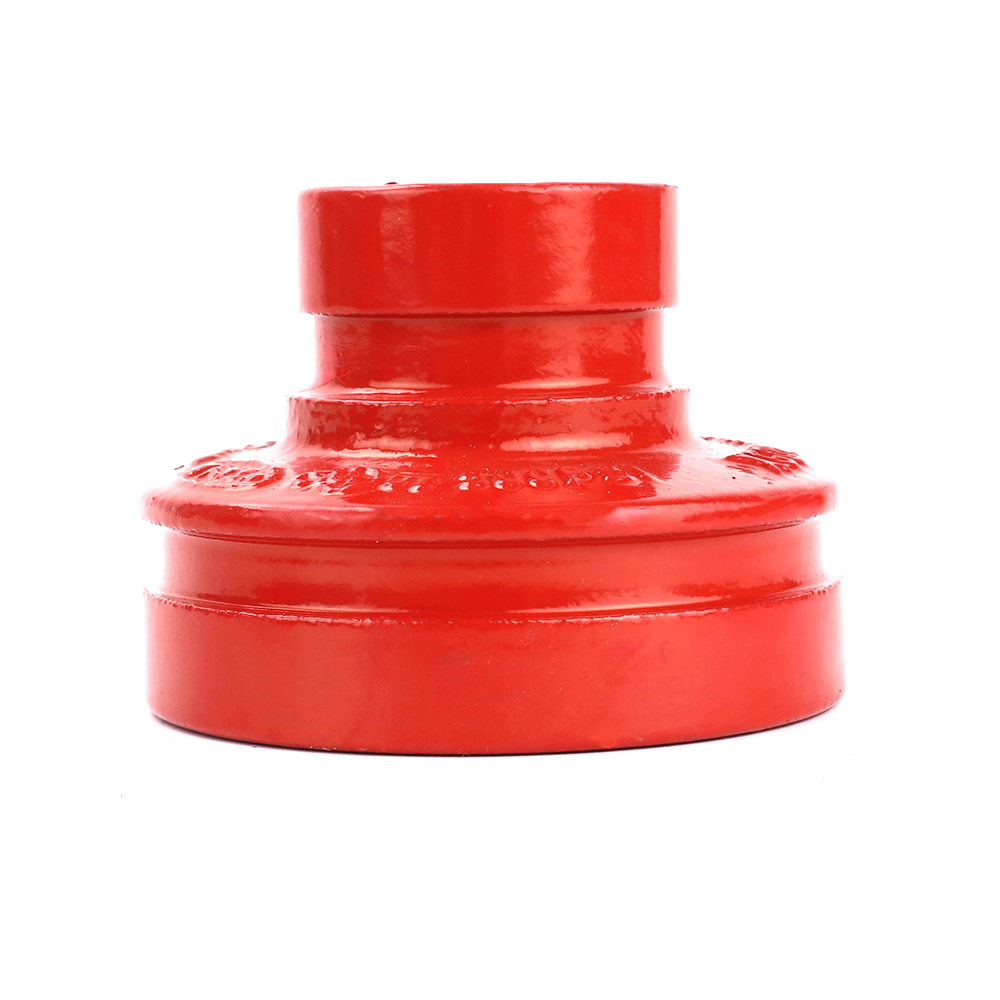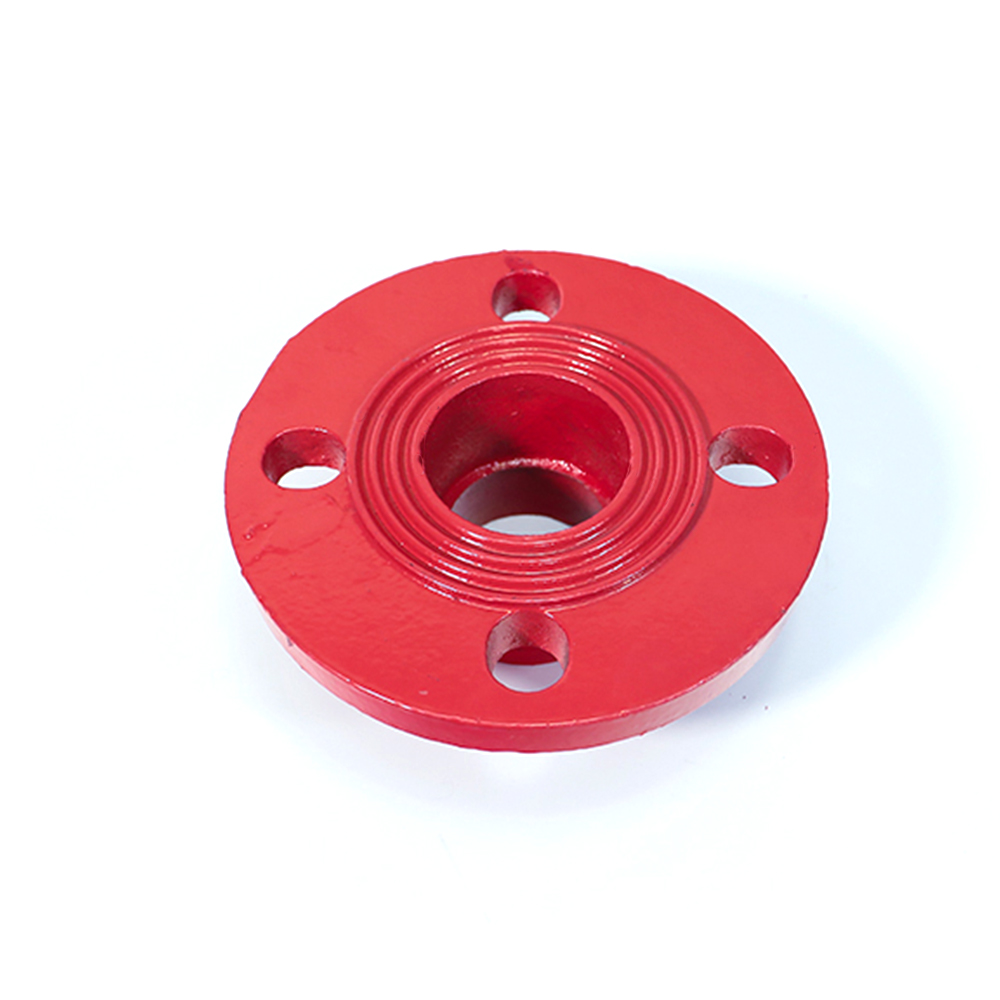Shandong Zhihua Pipe Industry Co., Ltd.
In the world of piping systems, the choice of connection methods can significantly impact the efficiency and reliability of installations. Among the various options, grooved flange adapter and traditional flanged connections are two popular choices, each with its unique advantages and disadvantages.
When it comes to connecting pipes, flanges are the unsung heroes, providing the necessary support and sealing capabilities. Traditional flanged connections have been the go-to option for decades, but the emergence of grooved flange adapters has stirred conversations within the industry. So, what’s the real difference? Let's break it down!
One of the most significant advantages of grooved flange adapters is their installation speed. Unlike traditional flanged connections, which typically require extensive bolting, grooved connections utilize a simple groove-and-latch mechanism. This design allows for quicker assembly, reducing labor costs and installation time.
For instance, on a recent construction site, a team was able to install grooved flange adapters in half the time it would have taken to complete traditional flanged connections. This efficiency can lead to significant savings, particularly on large projects where time is money. Moreover, grooved flange systems are more forgiving when it comes to misalignment, allowing for a smoother installation process.
When discussing maintenance, grooved flange adapters again shine brightly. They are designed to be more accessible for inspections and repairs. The simplicity of their design means that, in case of a leak or failure, maintenance teams can quickly access and replace components without the need for specialized tools or extensive disassembly.
In contrast, traditional flanged connections often require significant effort to disassemble, including removing numerous bolts and gaskets. In fact, a study from the American Society of Mechanical Engineers (ASME) noted that maintenance on traditional flanges can take up to three times longer than on grooved systems. This difference in time not only affects labor costs but also minimizes downtime, keeping operations running smoothly.
While grooved flange adapters have clear advantages in installation and maintenance, traditional flanged connections have been proven reliable under higher pressure and temperature conditions. For heavy-duty applications, such as those found in oil and gas pipelines, traditional flanges may still be the preferred choice due to their robust sealing capabilities.
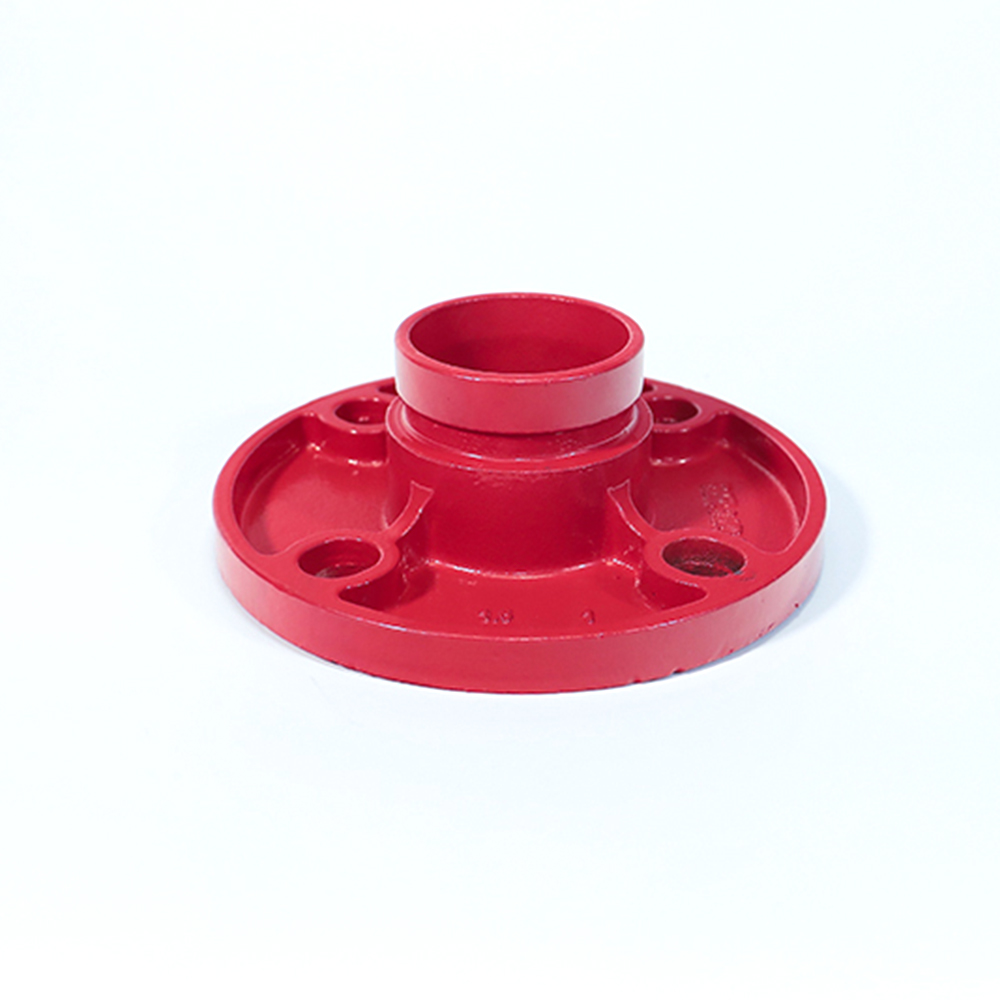
However, advancements in the materials and designs of grooved flange adapters are closing this gap, making them more viable for a broader range of applications. It's crucial for engineers and project managers to carefully evaluate the specific requirements of their projects when choosing between the two options.
Ultimately, the choice between grooved flange adapters and traditional flanged connections hinges on the specific needs of the project at hand. If speed and ease of maintenance are your primary concerns, grooved flange adapters are likely the way to go. On the other hand, if you’re dealing with high-pressure applications, traditional flanged connections may still hold the upper hand.
In an industry where efficiency is key, understanding the strengths and weaknesses of each connection type can lead to smarter decisions that save time and money. As technology continues to evolve, staying informed about the latest developments in piping connections will ensure you always choose the best solution for your needs. Happy piping!


 English
English
 Español
Español


